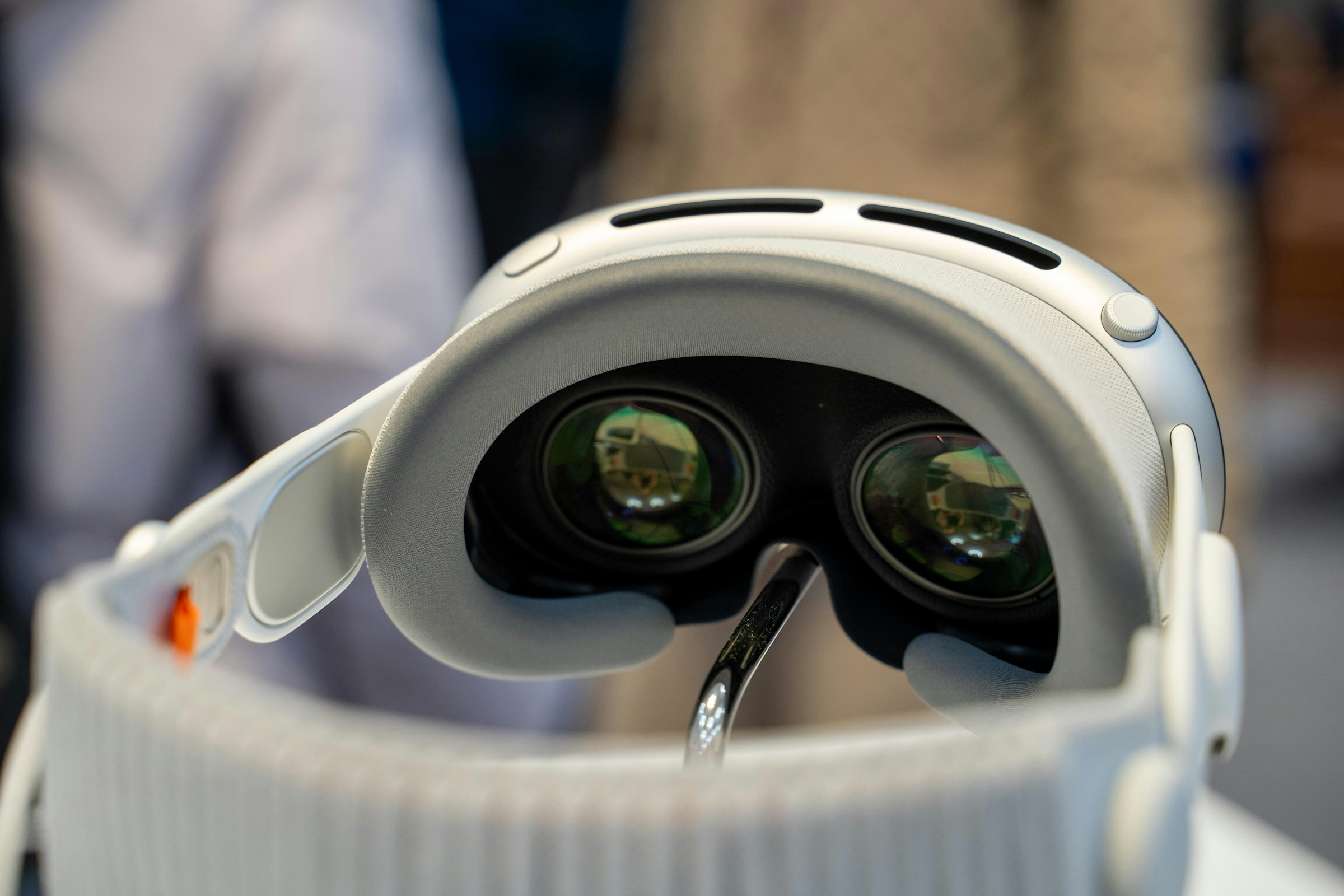UX Design for Mixed Reality Headsets and Wearable Tech

Introduction
In today's rapidly evolving digital world, user experience (UX) design is a critical aspect of product development that ensures technological advancements are accessible, intuitive, and enjoyable to use. One area where UX design emerges as a game-changer is within the field of mixed reality (MR) headsets and wearable technology.
Mixed reality headsets and wearable technology represent the convergence of the physical and digital worlds. These innovations are reshaping our interactions with our environment, and offering unprecedented ways to communicate, work, learn, and play.
What is Mixed Reality (MR) and Wearable Technology
Mixed Reality, or MR, is a blend of the physical and the digital worlds, creating environments where physical and digital objects co-exist and interact in real-time. This technology allows users to immerse themselves in a virtual environment while staying connected with the real world. MR headsets such as Microsoft’s HoloLens and the Apple Vision Pro are popular examples of how this technology is being utilized.
Read more about it here on Design Rush: Apple's Game Plan with Vision Pro
Wearable technology, on the other hand, refers to electronic devices that are worn on the body as accessories or implanted in the human body. With advancements in technology, wearables have moved beyond fitness trackers and smartwatches to include a wide array of devices such as smart glasses, wearable cameras, smart jewelry, and more. This technology has been transforming several industries including healthcare, fitness, and fashion.
The Importance of UX in Mixed Reality and Wearable Tech
UX design plays a pivotal role in the success of MR headsets and wearable technology. Given the immersive nature of these technologies, there's a need to ensure that their interfaces are intuitive to understand and easy to navigate.
For mixed reality headsets, a well-designed UX can significantly enhance the immersion experience by minimizing disruptions and crafting seamless interactions between the physical and digital worlds. It guides the users through the virtual environment, making it easier for them to navigate and interact with the digital objects within the mixed reality.
In the case of wearable technology, the challenge lies in the limited space for interactions. A good UX design can make sure that the user can easily interact with these small devices without feeling constrained. It aims to provide a seamless experience, making the technology an extension of the user's body rather than a separate entity.
In essence, UX design is critical in unlocking the full potential of MR headsets and wearable tech, enabling users to interact with these technologies in the most intuitive and efficient way possible.
Understanding the Target Audience
When designing for mixed reality (MR) headsets and wearable technologies, it's essential first to understand the potential users. Typical users of MR and wearable tech are individuals who are tech-savvy and open to adopting new technologies. They span across various domains from gaming enthusiasts and healthcare professionals to engineers and architects.
Users of these technologies seek to enhance their productivity, augment their reality, and streamline their tasks. They expect intuitive interfaces, seamless integration with their daily activities, and a comfortable user experience that doesn't hamper their natural movement or behavior. Identifying and aligning with these needs is a crucial part of our UX design process.
Principles of Designing for Mixed Reality and Wearable Tech
Designing UX for mixed reality and wearable tech requires following some core design principles. First, the technology needs to facilitate seamless interaction between the user and the digital environment. This means the design should be instinctive and should not require the user to learn complex new actions.
Second, the interface should be intuitive. Users should be able to understand quickly how to interact with the digital elements, either in the mixed reality environment or on the wearable tech device.
Lastly, user comfort is paramount. The design should not compromise the user’s physical comfort, whether it's a headset worn for hours at a time or a wearable tech device that's worn on the body.
The UX Design Process for MR and Wearable Tech
The process of designing UX for MR headsets and wearable tech involves several stages:
1. Research: This involves understanding the user's needs, goals, and contexts. It also involves evaluating the technical constraints and possibilities of the device.
2. Ideation and Concepts: At this stage, initial sketches and wireframes are developed based on the research. These represent the first step in translating our understanding of the user's needs into possible design solutions.
3. Prototyping: Here, interactive prototypes are built to validate design concepts. These prototypes allow us to test the usability of the interface and its overall user experience before the actual development.
4. User Testing: Real users are then given the prototypes for testing. Their feedback is invaluable and helps identify any issues with the design. It allows us to iterate and refine our designs before the final implementation.
5. Implementation: Finally, the design is integrated into the MR headset or wearable tech device. This stage involves close collaboration with the development team to ensure the design is implemented as envisioned.
Remember, UX design is an iterative process. It's about constant testing, learning, and refining to create the most intuitive and engaging user experiences possible.
Challenges and Solutions
Designing UX for mixed reality (MR) headsets and wearable technology comes with its unique set of challenges. A common challenge is designing for a whole new dimension of interaction, as MR involves environments where real and virtual objects coexist. Similarly, designing for the limited real estate of wearable tech screens can be another challenge.
However, overcoming these challenges is not insurmountable. For MR, it's about focusing on consistency, simplicity and creating familiar patterns of interaction. Incorporating real-world interactions into the digital environments can help users adjust to the new medium. For wearable tech, the solution lies in optimizing for the most crucial information and interactions, ensuring that the limited space is used effectively.
Future Perspectives: The Evolution of UX Design for MR and Wearable Tech
As we look towards the future, the field of UX design for MR and wearable technology promises immense evolution. Technologies are continually improving, and as they advance, so too does the potential for even more immersive and intuitive user experiences.
One future trend could be the development of more adaptive designs that respond and personalize according to the user's behavior or environment. We can also expect UX design to play a critical role in ensuring MR and wearable tech can be more accessible to a diverse range of users, regardless of their technological proficiency.
Conclusion
In summary, UX design plays a crucial role in shaping the interaction between users and the exciting realms of mixed reality and wearable technology. By understanding the user's needs, employing key design principles, and following a thorough design process, we can overcome design challenges and create intuitive and engaging experiences.
The future of MR and wearable tech looks bright, with UX design leading the charge in creating immersive experiences that push the boundaries of what is possible. As we continue to innovate in this space, the user remains at the heart of our design decisions, driving us towards a future where technology enhances our lives in ways we can only begin to imagine.
Other stories
Get our latest thoughts and opinions on all things digital
Sign up to our monthly newsletter to stay in the loop



